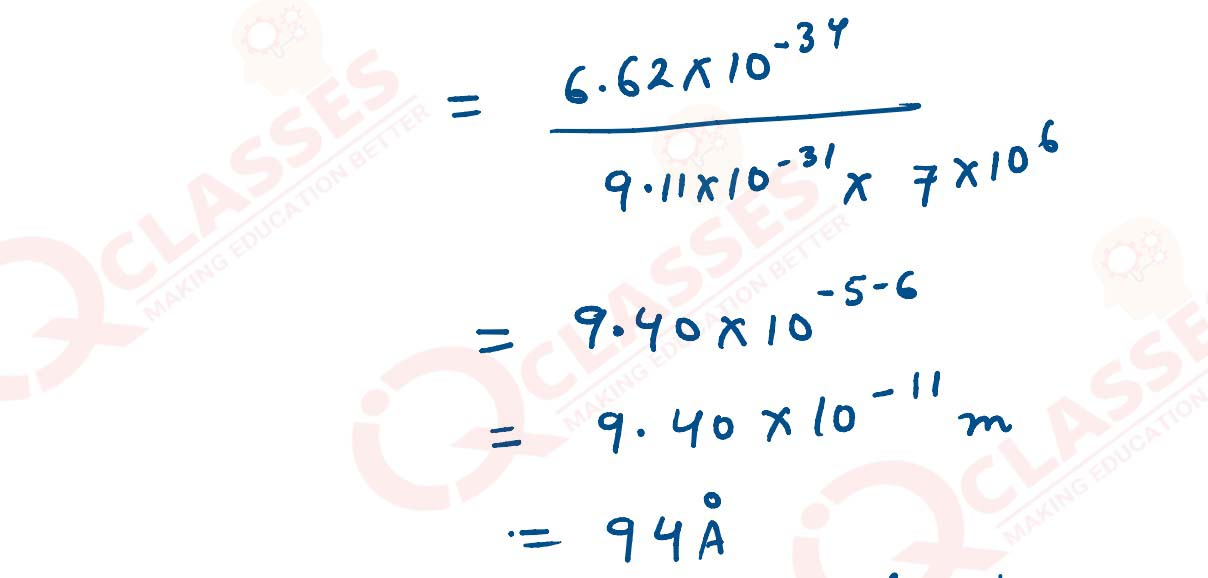Class 12 ISC Physics Matter Waves Board Questions
Here we provide Class 12 Physics important notes,board questions and predicted questions with Answers for chapter Matter Waves. These important notes,board questions and predicted questions are based on ISC board curriculum and correspond to the most recent Class 12 Physics syllabus. By practising these Class 12 materials, students will be able to quickly review all of the ideas covered in the chapter and prepare for the Class 12 Board examinations as well as other entrance exams such as NEET and JEE.
Q1
State de - Broglie hypothesis.
solutions
solutions
De Broglie’s hypothesis of matter waves postulates that any particle of matter that has linear momentum is also a wave. Radiation also has particle like nature.
Q2
What conclusion can be drawn from Davisson and Germer’s experiment ?
solutions
solutions
Davisson-Germer experiment obtained the conclusion that electrons exhibit wave nature also, thus, supporting the hypothesis given by de-Broglie regarding wave-particle duality of matter.
Q3
(i) what is de- Broglie hypothesis?
(ii) What conclusion can be drawn from Davisson and Germer’s experiment?
solutions
(i) De Broglie's hypothesis of matter waves postulates that any particle of matter that has linear momentum is also a wave. The wavelength of a matter wave associated with a particle is inversely proportional to the magnitude of the particle's linear momentum. The speed of the matter wave is the speed of the particle. Radiation also has particle like nature.
(ii) What conclusion can be drawn from Davisson and Germer’s experiment?
solutions
(i) De Broglie's hypothesis of matter waves postulates that any particle of matter that has linear momentum is also a wave. The wavelength of a matter wave associated with a particle is inversely proportional to the magnitude of the particle's linear momentum. The speed of the matter wave is the speed of the particle. Radiation also has particle like nature.
(ii)Davisson-Germer experiment obtained the conclusion that electrons exhibit wave nature also, thus, supporting the hypothesis given by de-Broglie regarding wave-particle duality of matter.
Q4
Calculate the momentum of a photon of energy 6 x 10-19 J.
solutions
solutions

Q5
(i) find the de broglie wavelength of electrons moving with a speed of 7 x 106 ms-1.
(ii) Describe in brief what is observed when moving electrons are allowed to fall on thin graphite film and then the emergent beam falls on a fluorescent screen.
solutions


(ii) Describe in brief what is observed when moving electrons are allowed to fall on thin graphite film and then the emergent beam falls on a fluorescent screen.
solutions





Add a comment